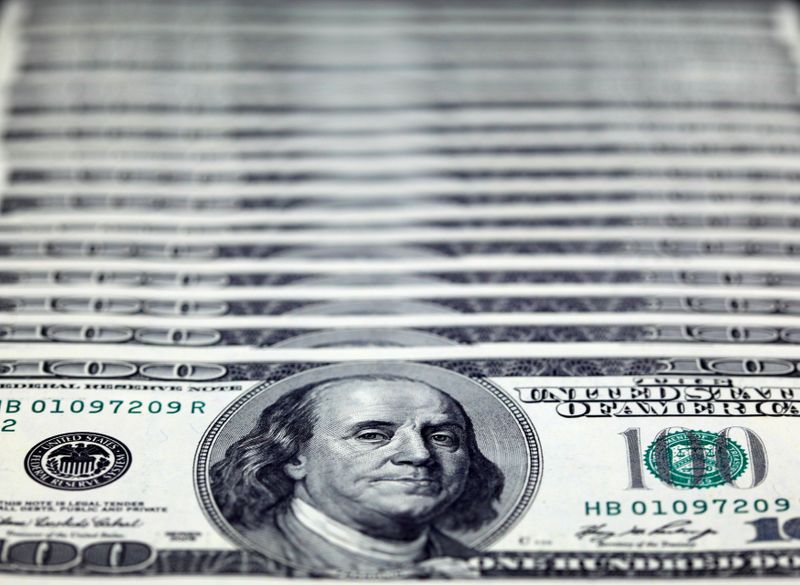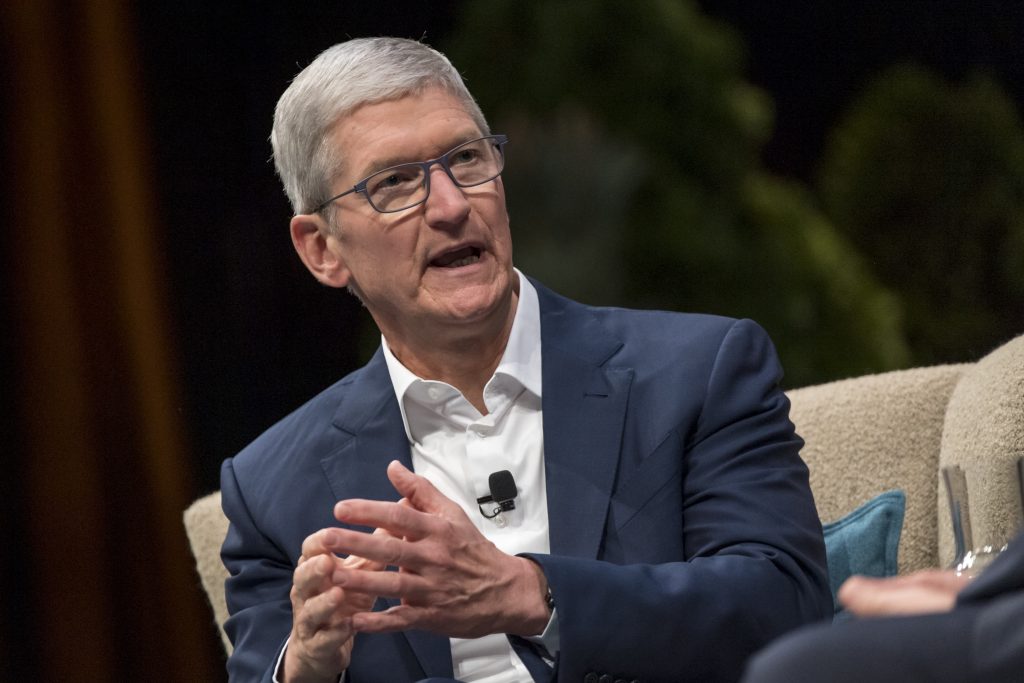
FILE PHOTO: U.S. dollar notes are seen in this picture illustration taken at the Bank of Taiwan in Taipei November 11, 2010. REUTERS/Nicky Loh/File Photo
October 6, 2020
By David Randall and Saqib Iqbal Ahmed
NEW YORK (Reuters) – Rising expectations that a Biden victory and a Democratic sweep of Congress would result in broad fiscal stimulus roused U.S. bond yields out of a months-long stupor – only to get whipsawed by an abrupt halt to talks.
Range-bound U.S. Treasuries popped higher on Monday as the yield curve continued to steepen, dropping bond prices further away from record highs. The spread between 10- and 30-year Treasuries, a closely watched indicator of future inflation expectations, on Monday grew to its widest since November 2016, according to Refinitiv data.
That trend continued early on Tuesday until U.S. President Donald Trump called off negotiations until after the election – sending yields into reverse from four-month peaks.
The dashing of stimulus hopes vaulted the widely followed Merrill Lynch Option Volatility Estimate Index, which tracks expected Treasury market gyrations, to a near four-month high.
A large fiscal stimulus would likely help shore up the economy and push inflation higher while also increasing supply through expanded borrowing, fund managers and analysts said.
Optimism toward a stimulus deal had increased in recent days as Democratic presidential candidate Joe Biden’s lead over Trump has widened.
Analysts said that made it more likely that Democrats could pass a bill similar to the $2.2 trillion Democratic stimulus package now stalled in Congress.
Indeed, Federal Reserve Chair Jerome Powell warned on Tuesday of the risk in not enough policy support.
Graphic: The 10/2-year spread is at its widest since June link: https://fingfx.thomsonreuters.com/gfx/mkt/dgkvlbymrvb/Pasted%20image%201601931177563.png)
(Graphic: The 10/30-year spread is at its widest since November 2016 link: https://fingfx.thomsonreuters.com/gfx/mkt/nmovawanmva/Pasted%20image%201601931358623.png)
“The idea that you could get a big fiscal package next year is what’s underlying the moves here,” said John Briggs, head of strategy, Americas, at NatWest Markets.
“The 30-year is where the maximum pressure lies,” Briggs said, as it is most exposed to inflation and borrowing costs long term. The 30-year was at a four-month high on Tuesday.
Investors say the Fed is expected to stomach higher yields – but up to a point.
“The Fed wants to see inflation pick up, and a steeper curve helps the banks while still allowing corporate America to refinance an expansion at incredibly low levels,” said Gary Cloud, portfolio manager at the Hennessy Equity and Income fund.
Yields had been kept lower by the Federal Reserve’s slashing rates and injecting liquidity into the market, which has pumped up risk assets but left bonds range-bound.
The rapid expansion of the Federal Reserve’s balance sheet seen earlier this year – from $4.21 trillion in early March to $7.22 trillion by mid-June – has stalled in recent months, and currently stands at $7.10 trillion.
(Graphic: The Fed’s Treasury holdings by maturity link: https://fingfx.thomsonreuters.com/gfx/mkt/gjnvwjddgpw/Pasted%20image%201601991334481.png)
Still, the Fed will likely not step in with any actions to attempt to compress yields if the benchmark 10-year Treasury remains below 1.20%, or roughly its level in March before much of the U.S. economy closed in response to coronavirus, Cloud said.
The move upwards this week also comes in anticipation of the U.S. Treasury selling $110 billion in notes and bonds, launching a $52 billion auction of three-year notes later on Tuesday.
Previous breakouts in yields have not stuck, with the benchmark 10-year last reaching a mini-peak of around 0.9% in June.
The moves have also been seen in traders’ short position in bond futures which is the biggest ever on record, according to the latest Commodity Futures Trading Commission data.
“What you saw in the last week is the market really positioning for even more upside rates just by taking out more short positions,” said Gennadiy Goldberg, U.S. rates strategist at TD Securities, who said the market might be expressing a view that in the event of a so-called “blue wave” the Democrats will actually spend more than Republicans.
(Graphic: Record short in U.S. Treasury bonds link: https://fingfx.thomsonreuters.com/gfx/mkt/azgpoaxmnpd/Pasted%20image%201601931852822.png)
(Reporting by David Randall and Saqib Iqbal Ahmed; Additional reporting by Gertrude Chavez-Dreyfuss; Editing by Megan Davies, Nick Zieminski and Lisa Shumaker)

